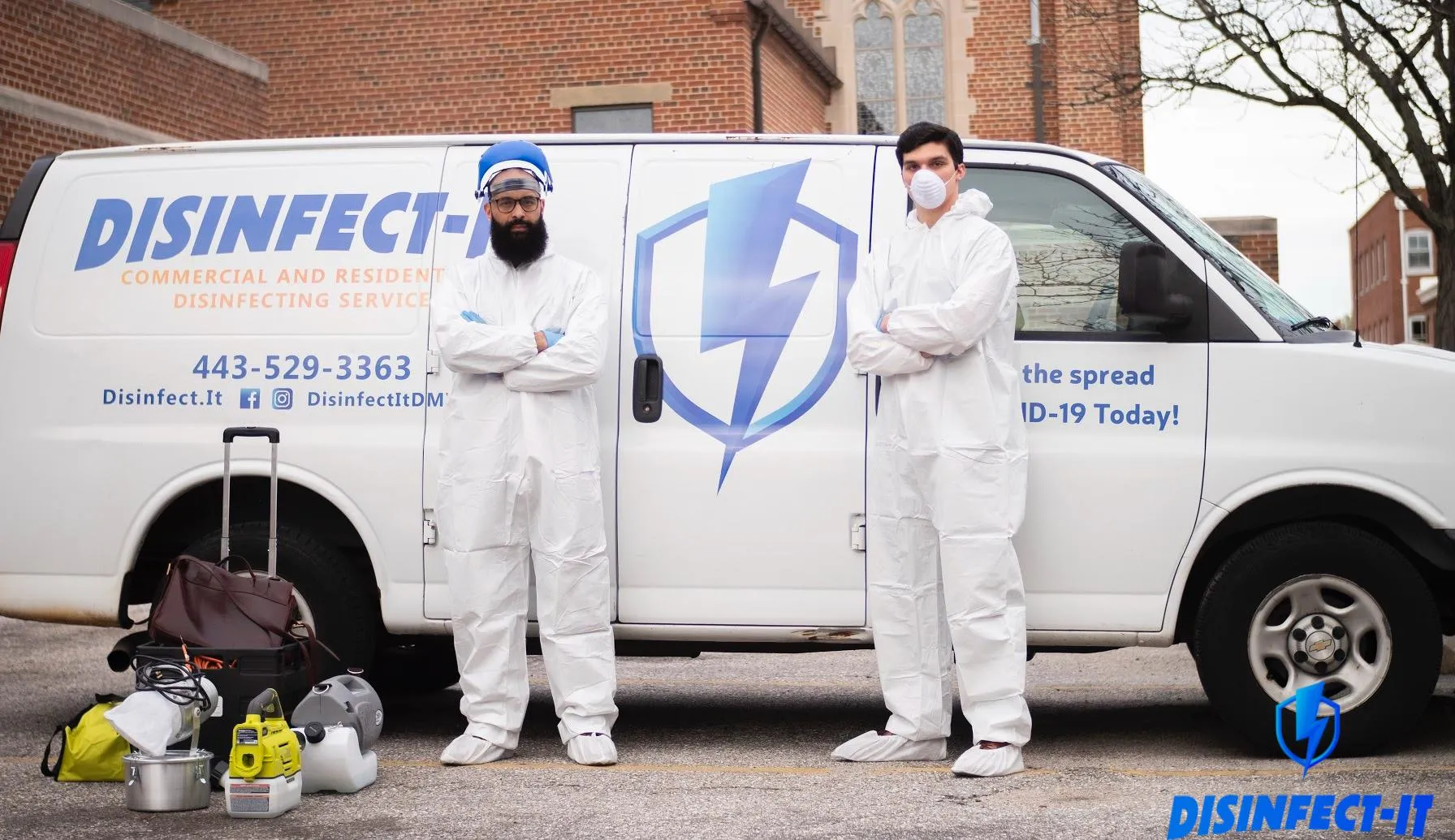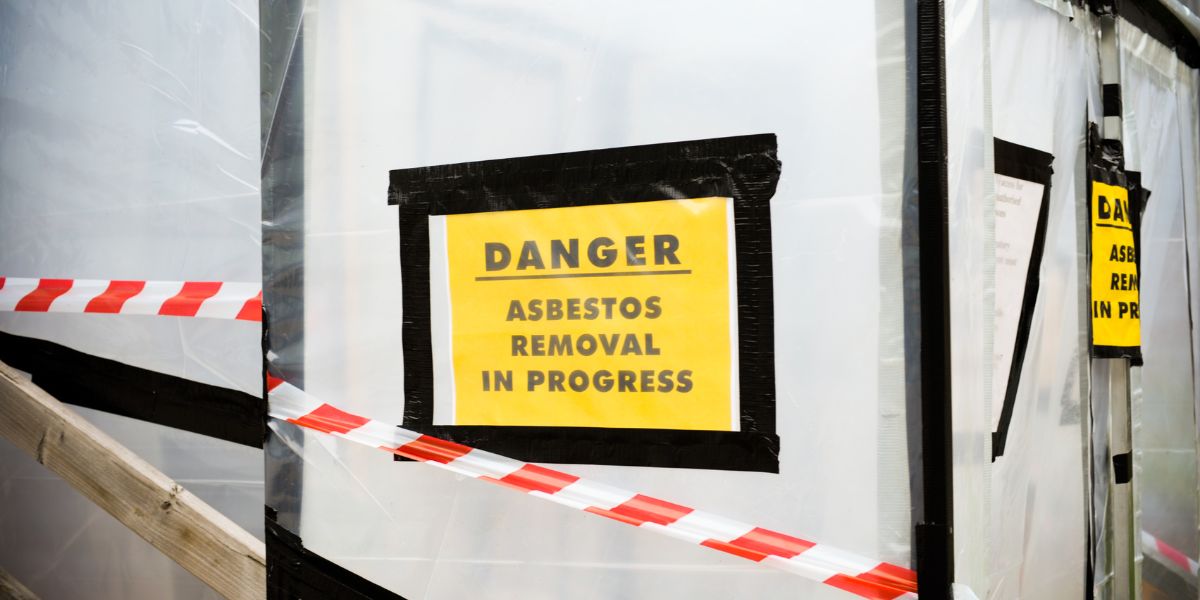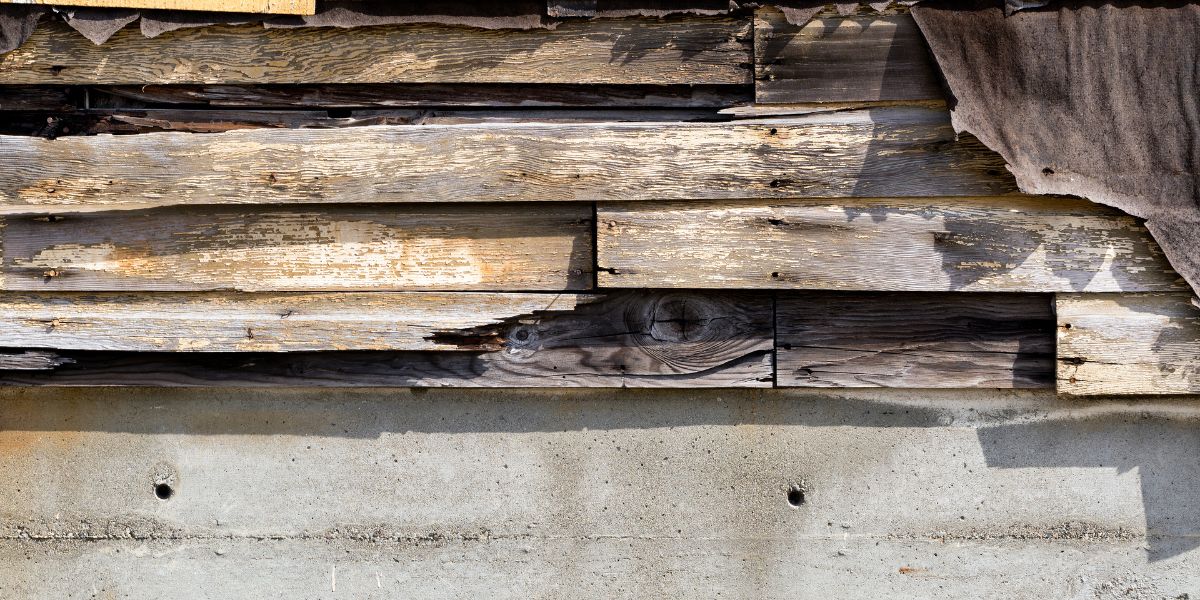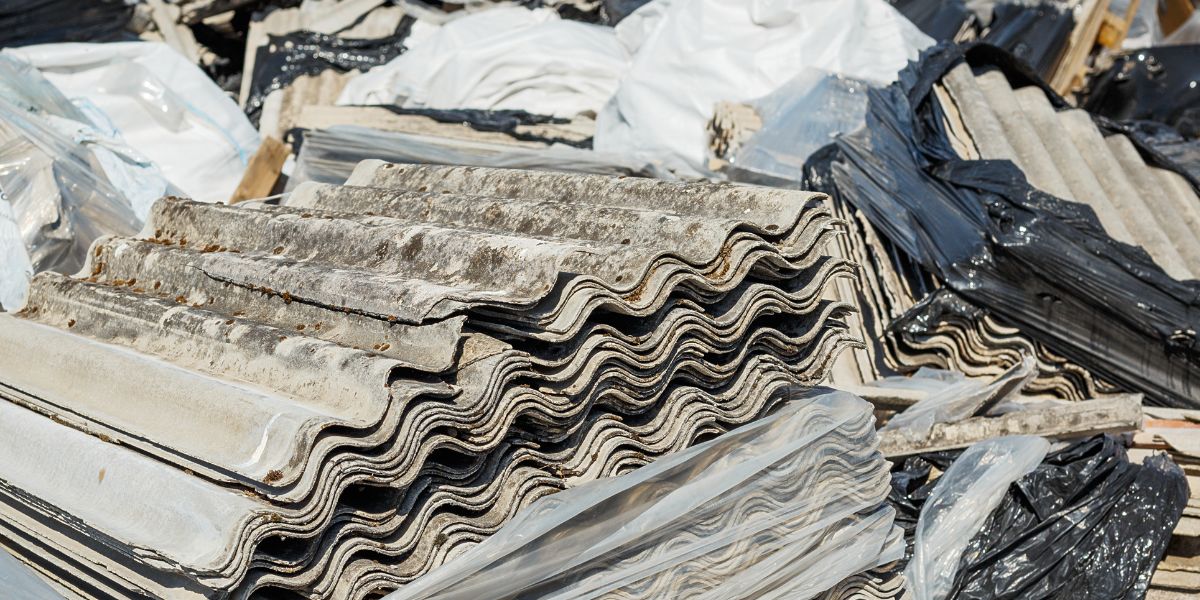If you’re concerned about water damage restoration in Baltimore, you are not alone.
Water damage is a devastating event that can cause long-lasting damage to both residential and commercial properties. The city of Baltimore, with its high humidity and frequent rainfall, is no stranger to water damage.
Additionally, Baltimore’s close proximity to the Chesapeake Bay places the city at a higher risk of flooding compared to areas farther inland. This elevated risk is influenced by several factors related to the city’s geography and its relationship with the bay.
Homes and businesses in the area are at risk of experiencing water damage from heavy rainfalls, flooding, burst pipes or leaks. Swift action must be taken following any water-related disasters to avoid secondary damages like mold growth or structural issues.
However, the best way to deal with water damage in Baltimore is to take a proactive approach. No one wants to deal with water damage to their home and once it happens it can be a costly event, both financially and mentally.
In this article we will cover the expert tips for proactively avoiding water damage in Baltimore, and how to handle water damage restoration once it occurs.

How To Prevent Water Damage In Baltimore
Inspect Sinks and Drains
Taking care of your sinks and drains is crucial to prevent clogs and potential pipe damage. Avoid pouring greasy liquids down the drain as they can solidify and create blockages. Grease doesn’t easily wash away with hot or cold water, so it’s best to dispose of it properly. Regularly clean your drains to remove any buildup of debris and ensure smooth water flow. For more stubborn clogs, consider using a drain snake, which is a flexible tool designed to navigate through the pipes and effectively remove blockages.
Check Your Appliances
Regular inspection of your appliances is essential to identify and address any leaks promptly. Pay close attention to appliances such as refrigerators, water heaters, and AC units, as these are common sources of water damage. Lack of maintenance may not be covered by insurance, so it’s important to be proactive in checking for leaks, damaged hoses, or any signs of water accumulation. By regularly maintaining your appliances, you can catch potential issues early and prevent extensive water damage.
Know Your Water Shut-Off Valves
In the event of a flood emergency, knowing the location of your water shut-off valves is vital. Familiarize yourself with the valves’ positions and ensure they are easily accessible. Being able to quickly shut off the water supply can help prevent further damage to your property. It’s also advisable to shut off the water when you’re away from home for an extended period, such as during vacations or trips. Even a small leak in your absence can lead to significant water damage and mold growth, resulting in expensive restoration and remediation costs.
Install Leak Detectors
Electronic leak detectors offer an added layer of protection by providing an early warning system for floods and water leaks. These devices are designed to detect moisture and alert you with an alarm, allowing you to take immediate action. By promptly addressing leaks, you can minimize the extent of water damage and mitigate potential mold growth. Leak detectors often come with features such as intelligent home integration, Wi-Fi capabilities, temperature sensors, and phone alerts, providing comprehensive monitoring and peace of mind.
Install Water-Flow Monitoring Systems
Water-flow monitoring systems are valuable tools for optimizing water usage and preventing damage caused by inconsistencies in water flow. These devices are installed directly on your main water supply and measure the amount of water entering your house. When irregularities are detected, such as a sudden increase or decrease in flow, the system automatically cuts off the water supply. This not only helps improve water efficiency but also minimizes the risk of damage from leaks or bursts, saving you from the hassle and expense of water damage restoration.
Monitor Water Pressure:
Monitoring water pressure is crucial as high water pressure can lead to burst pipes and significant water damage. Investing in a pressure gauge allows you to keep track of the water pressure in your plumbing system. By regularly checking the pressure, you can detect any abnormalities or fluctuations that may indicate leaks or other issues. If you notice unusually high water pressure, it’s important to address the problem promptly to prevent emergencies and potential water damage.
Repair Caulking
Properly sealing openings around doors and windows is an effective way to prevent water leaks. Over time, caulk can deteriorate, crack, or go missing, compromising the integrity of the seals. Inspect your residential or commercial property for any missing or cracked caulking, especially during favorable weather conditions. By promptly repairing or replacing the caulk, you can prevent water from seeping into your home and causing damage to the interior walls, floors, or furniture.
Grade Exterior Soil
The grading of the exterior soil plays a crucial role in preventing water seepage and minimizing flood damage. Ensure that the ground adjacent to your foundation slopes away from your home. This allows rainwater to naturally flow away from the house rather than pooling near the foundation. By grading the exterior soil properly, you can redirect water away from your foundation and basement, reducing the risk of water seepage and potential flood damage. Grab a rake and shovel to adjust the ground’s slope, ensuring that it declines away from your foundation. By regrading the soil, you create a barrier that prevents excess water from infiltrating your home during rainfall or storms. This simple yet effective measure can significantly reduce the likelihood of water damage and the need for extensive water damage restoration.
Inspect the Roof
Regularly inspecting your roof is vital for maintaining its weather-proof integrity and preventing water damage. Check for damaged or missing shingles, signs of leakage, and any other visible issues. Pay attention to areas where water can potentially seep through, such as around chimneys, vents, or skylights. Overgrown moss or signs of mold growth can indicate water retention, which can lead to structural damage over time. By conducting routine roof inspections and addressing any issues promptly, you can prevent water intrusion, protect your home’s interior, and avoid the need for extensive water damage restoration.
By following these preventative tips and taking the necessary steps to maintain the integrity of your sinks, appliances, plumbing systems, and structural components, you can significantly reduce the risk of water damage. Regular inspections, repairs, and proactive measures ensure that your home remains protected from potential water-related issues. By investing time and effort in prevention, you can save yourself from the inconvenience, expenses, and disruptions associated with water damage restoration.

Steps to Take After Water Damage Occurs
Shut off water source if possible
One of the first things you should do after discovering water damage in your home or business is to shut off the water source if possible. This can help prevent further damage and minimize the amount of standing water in your property.
If you are unsure where the water source is, turn off the main water valve for your property. If you cannot access the valve or it is not working, contact a plumber to assist you.
Call a professional water damage restoration company
Water damage restoration can be a complex process that requires specialized equipment and expertise. It is important to contact a professional restoration company as soon as possible after discovering water damage in your property. A qualified restoration company can quickly assess the extent of the damage, develop a plan for restoration, and begin restoring your property.
A professional restoration company will have access to equipment such as industrial-strength dehumidifiers, air movers, and fans that can quickly dry out affected areas and prevent mold growth. Additionally, they will have experience dealing with insurance companies and can help navigate the claims process.
Document the damage for insurance purposes
It’s important to document all of the damages caused by water immediately after it occurs because this documentation will be needed when filing an insurance claim. Take photos or videos of all affected areas and items in detail so that nothing gets overlooked later on during cleanup efforts or when making an insurance claim.
Comprehensive documentation ensures that all damages are accounted for when submitting an insurance claim, which maximizes chances of getting compensated correctly by insurers. Moreover , documenting everything safeguards against disputes with adjusters over how much compensation ought to be paid for damages sustained from different sources like floods , storms or leaking pipes.

Water Damage Restoration Process
When dealing with water damage, time is of the essence. The longer water sits, the more damage it can cause to your property.
That’s why quick action is necessary to mitigate water damage. The restoration process typically involves inspection and assessment, water extraction, drying and dehumidifying, cleaning and sanitizing, and restoration.
Inspection and Assessment
The first step in the restoration process is inspection and assessment. Water damage restoration experts will assess the extent of the damage and create a plan for restoration. They will inspect the affected areas using specialized equipment like moisture meters and thermal imaging cameras to identify hidden pockets of moisture that may exist behind walls or under flooring.
Once they have identified all areas of water damage, they will create a plan for restoration that outlines the necessary steps to take in order to restore your property back to its pre-loss condition. This plan takes into account factors such as the type of water that caused the damage (clean, grey or black), how long it has been sitting, how much moisture exists in your property’s materials (walls, floors etc.), and any other factors specific to your situation.
Water Extraction
After identifying all areas affected by water damage through inspection/assessment phase of restoration process, the next step is extraction. Water must be removed as quickly as possible from all affected areas before any further steps can be taken because it can cause significant structural harm if left unattended for longer periods.
To remove standing water from your property Baltimore water damage restoration experts use specialized equipment like industrial pumps or vacuums which are designed specifically for this purpose such as truck-mounted units which allow for faster evacuation times with less overall downtime due in part because these units are extremely powerful allowing them suck up large volumes quickly.
Drying & Dehumidifying
Once all standing water has been extracted, the next step involves drying and dehumidifying affected areas. Drying is important because it removes any remaining moisture in your property’s materials such as carpets, furniture, walls etc. This step prevents further structural damage and reduces the risk of mold growth. Baltimore water damage restoration experts use industrial fans and dehumidifiers to dry out affected areas.
These machines are designed to circulate air flow, reduce humidity levels in your property while drying out any wet surfaces such as floors or walls by creating a low-humidity environment. By doing this, they speed up the drying process by removing water molecules from the air which would otherwise cause moisture to remain in the air longer than necessary.
Cleaning & Sanitizing
The next step after drying and dehumidifying is cleaning and sanitizing affected areas. Water damage can leave behind debris, mold spores, bacteria and other harmful substances that could pose a serious health risk if left untreated. To eliminate these risks Baltimore water damage restoration experts use various cleaning techniques such as HEPA vacuuming or pressure washing specific surfaces where necessary so all surfaces are thoroughly cleaned of debris or other contaminants before moving on into the restoration phase.
Restoration
After all aforementioned steps have been completed successfully for restoring your property back to pre-loss condition it is time for repairs. Restoration involves repairing damaged structures or materials such as drywall, flooring etc., by replacing them with new ones if necessary.
Our water restoration experts at Disinfect-it work with clients throughout this process keeping them informed on everything happening during each stage of the project. This ensures that expectations are met without sacrificing quality workmanship while adhering strictly to oftentimes tight deadlines associated with many insurance claims.

Causes of Water Damage in Baltimore
Heavy rainfall and flooding
Baltimore is no stranger to heavy rains and flooding, especially during the spring and summer months. When rainwater accumulates faster than it can be absorbed or drained, it can cause significant damage to homes and businesses.
In some cases, flash floods can occur with little warning, causing water damage that is difficult to prepare for. These types of water damage incidents are particularly concerning because they can affect areas that are not typically prone to flooding.
Burst pipes and leaks
Burst pipes and leaks are also common causes of water damage in Baltimore. Freezing temperatures during the winter months can cause pipes to burst, leading to significant water damage if left untreated.
Leaks from appliances such as washing machines or dishwashers may go unnoticed for some time, causing gradual damage that may not be apparent until mold or structural issues become evident. Additionally, aging plumbing systems in older homes may cause persistent leaks that gradually worsen over time.
Sewage backup
Another cause of water damage in Baltimore is sewage backup. Sewage backup can occur when there is a blockage or overflow in the sewage system, causing contaminated water to flow back into homes or businesses through drains or toilets. This type of water damage poses serious health risks and should be dealt with immediately by professionals equipped with specialized equipment for cleaning up hazardous materials.
Understanding the causes of water damage in Baltimore is crucial for both homeowners and business owners alike. Being aware of these common causes can help you take preventative measures to avoid potential problems down the line while also knowing what actions should be taken if a problem does arise.

Don’t Let Water Damage Ruin Your Home
Water damage can be a costly and devastating problem in Baltimore. However, with the help of expert restoration services and some proactive prevention tips, you can minimize your risk of experiencing it.
By taking steps like regularly inspecting your plumbing systems, properly maintaining your appliances, and knowing what to do if water damage does occur, you can protect yourself and your property from the effects of flooding or burst pipes. Remember – prevention is always better than a cure!
When it comes to water damage restoration, trust in the expertise and effectiveness of Disinfect-It. Our team of professionals is dedicated to providing top-notch restoration services to help you recover from water-related emergencies. With our advanced techniques and industry-leading equipment, we can efficiently mitigate the damage caused by floods, leaks, and other water incidents.
Don’t let water damage disrupt your life and cause further problems like mold growth or structural issues. Take action today and choose Disinfect-It for your water damage restoration needs. Our experienced technicians will assess the situation, develop a customized restoration plan, and work tirelessly to restore your property to its pre-damage condition.
Frequently Asked Questions About Water Damage Restoration In Baltimore
How Much Does Water Damage Restoration Cost In Baltimore?
Water damage restoration costs in Baltimore can vary depending on the specific circumstances of the damage and the extent of restoration required. On average, the cost of water damage restoration in Baltimore typically ranges from $1,500 to $3,000. However, it’s important to note that these figures are approximate and can be influenced by various factors.
What Is The Difference Between Restoration and Remediation?
Restoration is the process of bringing a property back to its original or pre-damaged condition. It encompasses repairing, rebuilding, or renovating the affected areas to restore their functionality, aesthetics, and structural integrity. The goal of restoration is to return the property to its former state, making it usable and visually appealing once again. In the context of water damage restoration, this typically involves mitigating the effects of water damage, drying the affected areas, and repairing or replacing damaged materials to restore the property to its pre-water damage condition.
On the other hand, remediation focuses on addressing specific problems or hazards associated with contamination, pollutants, or hazardous substances. It involves identifying and resolving the source of the problem to eliminate or mitigate the associated risks. The goal of remediation is to restore a safe and healthy environment. In the context of water damage, remediation may involve addressing issues such as mold growth, decontaminating surfaces affected by sewage backup, or removing hazardous materials that pose health risks.
What Should Be Replaced After Water Damage?
To address water damage effectively, it is advisable to replace damaged wood, drywall, and porous materials rather than attempting restoration. These materials can be compromised by water, leading to structural issues, mold growth, and deterioration. Replacing them ensures the integrity of the affected area, prevents further damage, and eliminates potential health risks associated with mold and contaminants.


















